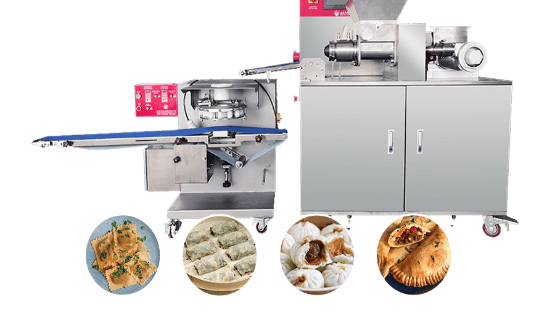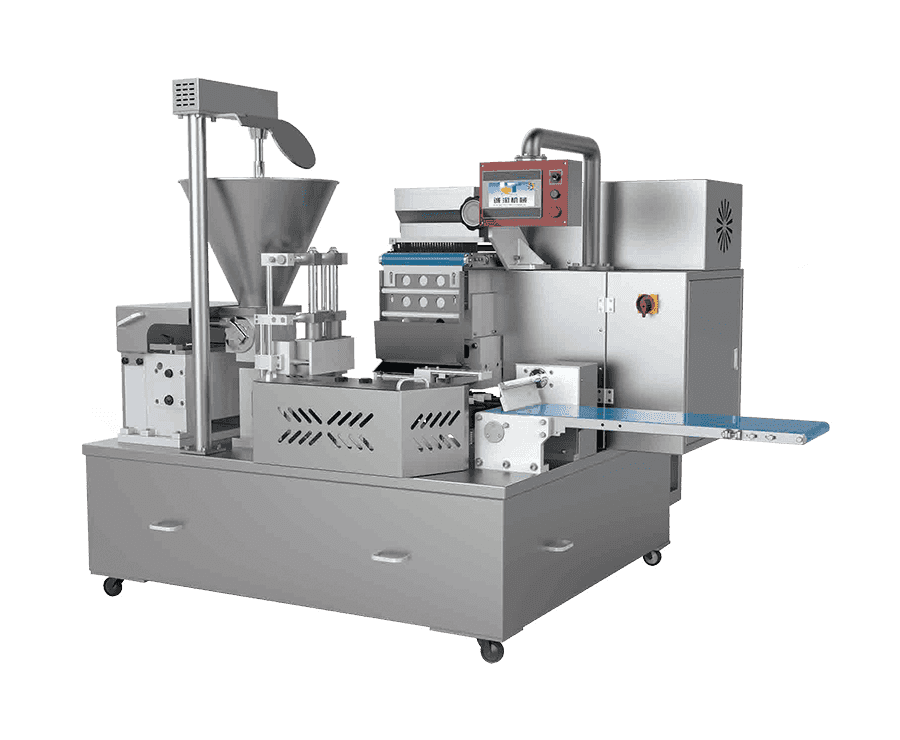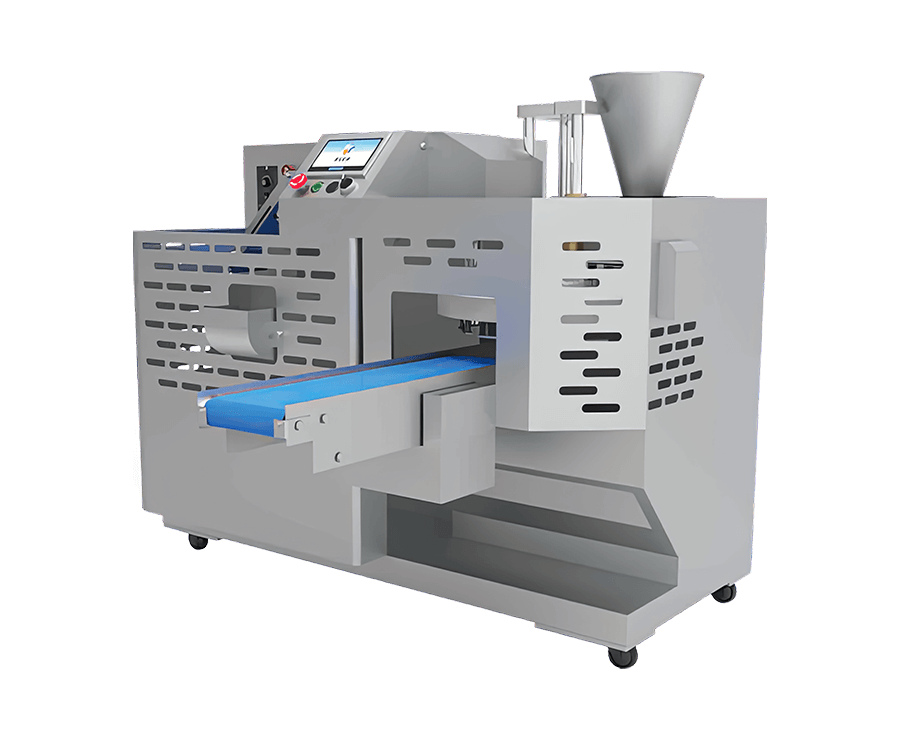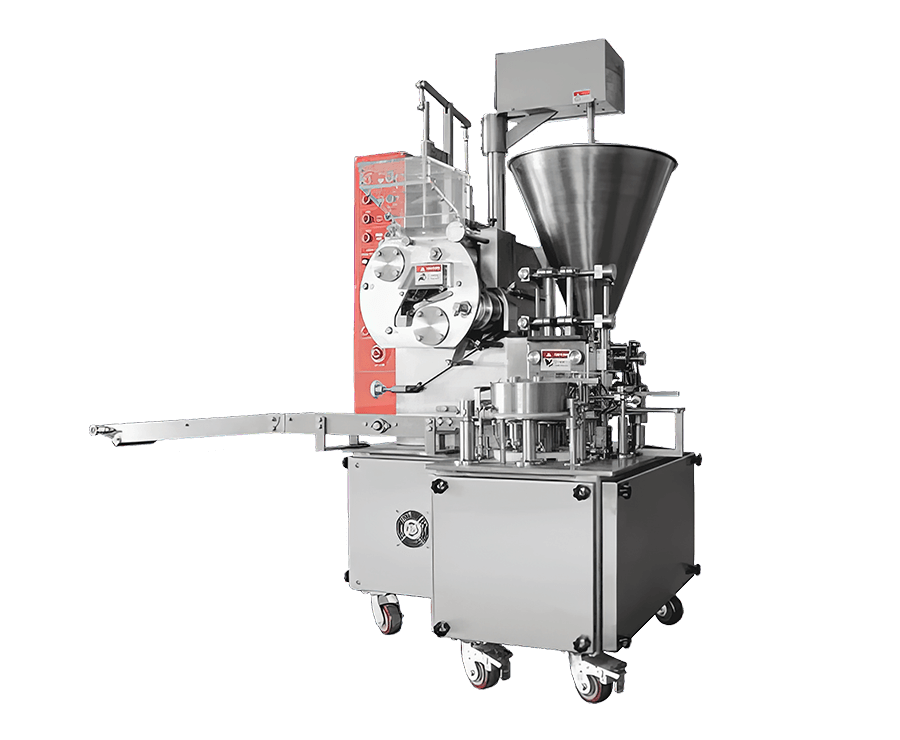Key Considerations for Stainless Steel in Food Processing
Corrosion Resistance and Material Grades
Stainless steel used in food processing must resist corrosion from moisture, acids, and alkaline solutions. The most common grades are 304 and 316, with 316 offering superior resistance to chlorides and harsh cleaning chemicals. Choosing the right grade ensures long-term durability and prevents contamination of food products.
Surface Finish and Cleanability
The surface finish of stainless steel affects both hygiene and maintenance. Smooth finishes such as 2B or mirror-polished surfaces prevent bacterial accumulation and facilitate cleaning. A rough or brushed surface may trap food particles, leading to microbial growth. Regular inspection and proper polishing techniques help maintain sanitary standards.
Recommended Surface Finishes
- 2B Finish: Standard for general equipment, easy to clean.
- Mirror Finish: Ideal for high hygiene areas, reduces bacterial adhesion.
- Electropolished Finish: Enhances corrosion resistance and smoothness.
Mechanical Strength and Fabrication
Stainless steel must withstand mechanical stresses from processing equipment, such as cutting, mixing, and conveying. Proper fabrication methods, including welding and forming, are critical. Welded joints should be smooth and free of crevices to prevent bacterial buildup. Selecting a grade with adequate tensile strength ensures equipment longevity under heavy operational loads.
Temperature Resistance
Food processing often involves exposure to extreme temperatures, including boiling, freezing, or rapid thermal changes. Stainless steel grades like 304 and 316 maintain structural integrity under these conditions. Consideration of thermal expansion and conductivity is important to avoid warping, cracking, or contamination during high-temperature processes.
Compliance with Food Safety Standards
Stainless steel used in food processing must comply with international food safety standards, such as FDA, EU 1935/2004, or ISO 22000. These standards ensure that materials do not leach harmful substances into food. Certification and traceability are crucial for manufacturers and processors to maintain consumer safety and regulatory compliance.
Cost vs. Performance Considerations
Selecting stainless steel involves balancing cost and performance. While higher-grade steels like 316 are more expensive, their resistance to corrosion, chemical exposure, and wear justifies the investment in critical areas such as tanks, pipes, and cutting surfaces. Evaluating lifecycle costs and maintenance requirements can optimize material choice for each application.
Comparison of Common Stainless Steel Grades for Food Processing
| Grade | Corrosion Resistance | Temperature Resistance | Applications |
| 304 | High | Moderate | General equipment, utensils, conveyors |
| 316 | Very High | High | Tanks, pipes, areas with salt or acidic foods |
| 430 | Moderate | Moderate | Decorative panels, non-critical equipment |

 English
English Español
Español Français
Français русский
русский عربى
عربى







Contact Us